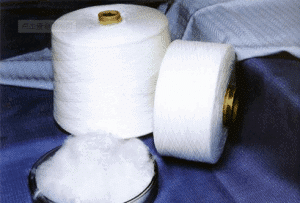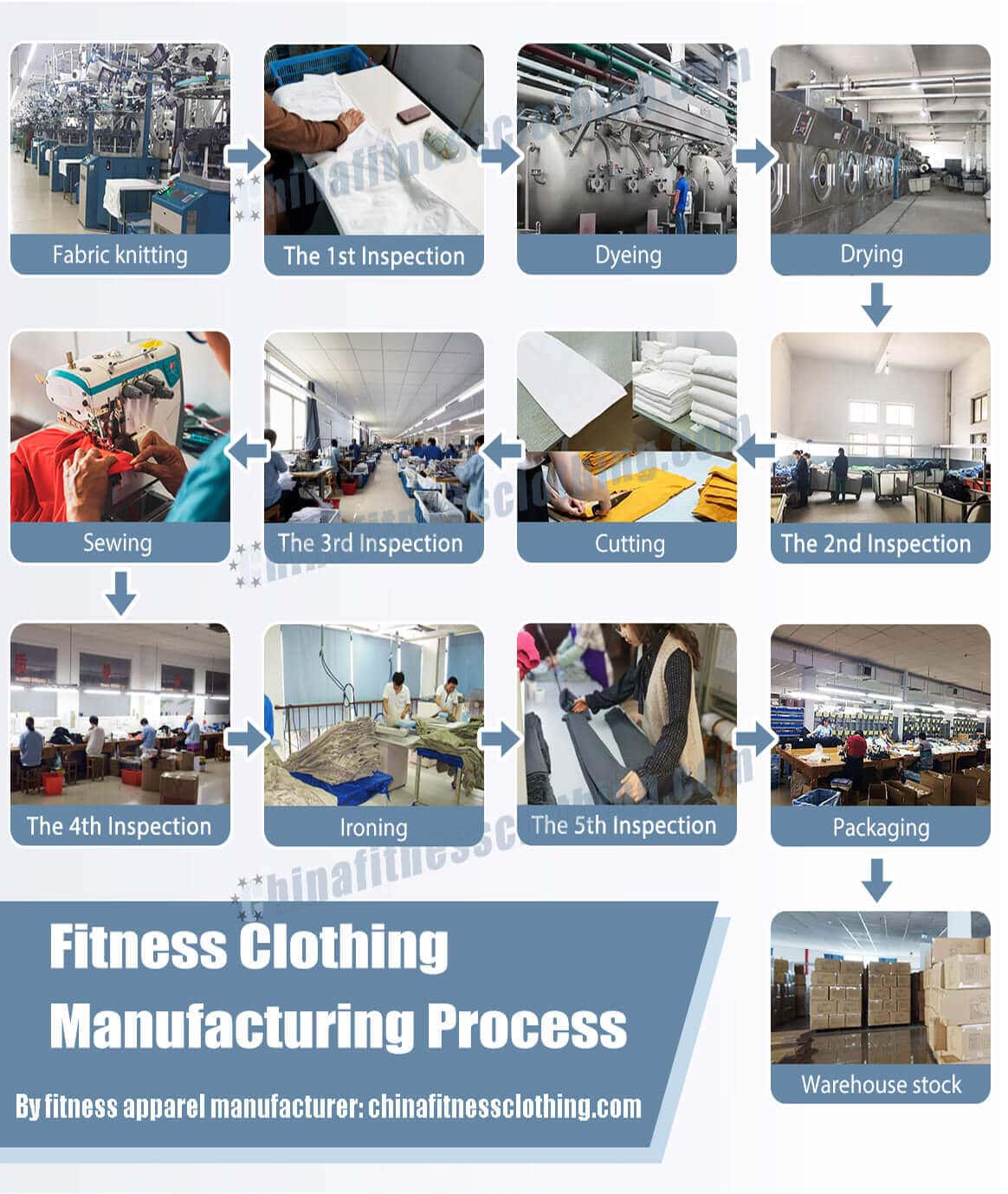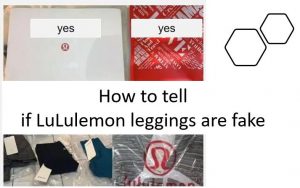What Is Chemical Fiber?
Chemical fiber is a fiber with textile properties that is made by using natural polymer compounds or synthetic polymer compounds as raw materials through the processes of preparing spinning dope, spinning and post-processing. Chemical fiber is divided into regenerated fiber and synthetic fiber.

Chemical Fiber: Regenerated Fiber
Regenerated fiber, also known as cellulose fiber or man-made fiber, is a kind of fiber made from agricultural and forestry by-products (such as wood, cotton linter, bagasse, reed, etc.) containing cellulose in nature, and then processed by chemical methods and mechanical processing.
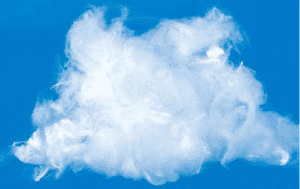
- Cotton type short fiber (commonly known as rayon): generally refers to viscose fiber with length of 38 mm or less and fineness of less than 2 decites (dtex). The fiber length is also within dtex-3.
- Wool type staple fiber (commonly known as artificial wool): refers to viscose fiber with a length of more than 70 mm and a fineness of more than 3 decites (dtex). It is similar to wool and has curly property. It can be spun singly or blended with wool or other fibers.
- Viscose filament (commonly known as rayon): including ordinary viscose filament and strong viscose rayon. Viscose filament is widely used in silk weaving and knitting industry. High strength viscose rayon is an excellent material for cord production.
Chemical Fiber:Synthetic Fiber
Synthetic fiber is a kind of chemical fiber made from synthetic polymer. It is a kind of fiber which is made from petroleum, natural gas, coal and other raw materials by organic synthesis, and then polymerized and spun. If classified by raw materials, it can be divided into polyester, nylon, acrylic, vinylon, polypropylene, chlorine, ethylene, spandex, etc. If classified by fiber morphology, it can be divided into short fiber, filament, heald yarn, etc.
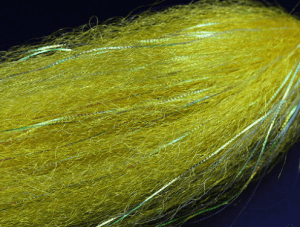
- Polyester fiber: polyester is the abbreviation of polyester fiber. It is a kind of fiber synthesized from polyethylene glycol ester and polyethylene terephthalate.

- Nylon fiber is commonly known as nylon fiber and polyamide fiber. There are many kinds of such fibers, the most important varieties are nylon 66 and nylon 6, which are synthetic fibers made of nylon 66 salt and poly (hydantoin). It has high wear resistance and good resilience. It can also be used for tire cord, parachute, insulating material, fishing net, carpet, etc.
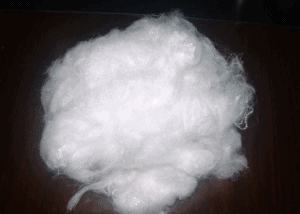
- Acrylic fiber: acrylic fiber is the abbreviation of polyacrylonitrile fiber. It is a fiber with propylene as the main raw material (containing more than 85% acrylonitrile). Its properties are similar to that of wool. It is soft, warm, resistant to mildew and moth. It can be pure spun or blended with wool and other fibers to produce textiles or other process supplies.
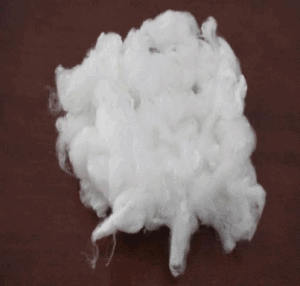
- Vinylon fiber: vinylon is the abbreviation of polyvinyl alcohol fiber. It is a synthetic fiber made of polyvinyl alcohol. This kind of fiber is similar to cotton fiber in water absorption, which is the highest in synthetic fiber, but has poor heat resistance. It is suitable for making clothing and household textiles, tarpaulin, hose, rope, etc.
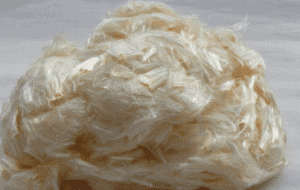
- Polypropylene fiber: polypropylene fiber is the abbreviation of polypropylene fiber. It is a synthetic fiber made from isotactic polypropylene. It is the textile fiber with the smallest specific gravity and can float on water. It can be pure spun or blended with cotton, wool and other fibers to make fabrics for clothing, curtains, furniture cloth, socks, industrial filter cloth, insulating material, nonwovens, etc.
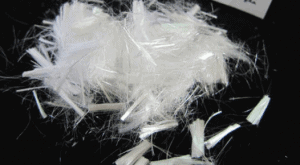
- Chloroprene fiber: chloroprene is the abbreviation of PVC fiber. It is a synthetic fiber made of PVC. It has chemical resistance, abrasion resistance, flame resistance, light resistance, heat insulation, sound insulation and other characteristics. The underwear made of it has the effect of treating rheumatoid arthritis. It is suitable for making industrial filter cloth, cotton wadding, flame resistant clothing, fishing net, curtain, etc.
